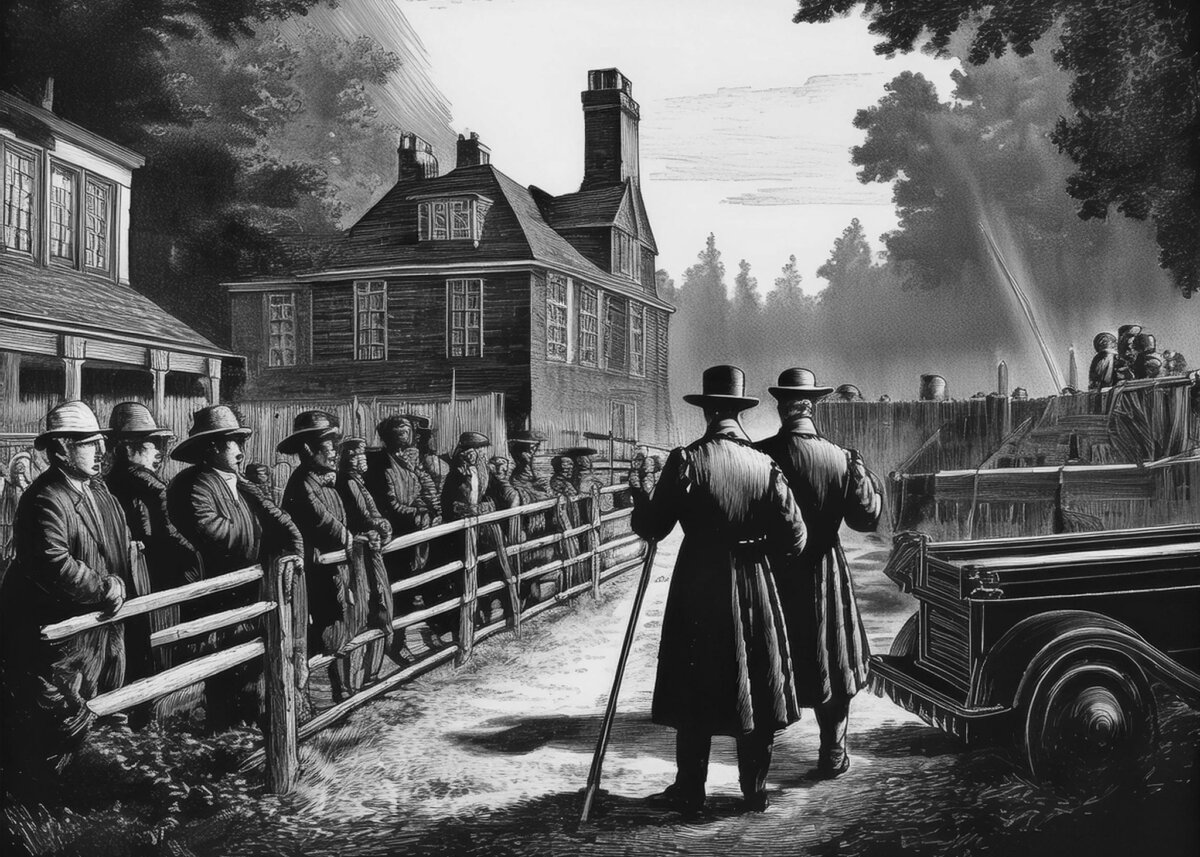Introduction
Technological advancements have transformed the real estate industry over the past few years. One of the most groundbreaking innovations reshaping the sector is Remote Online Notarization (RON). While the home-buying process has traditionally been filled with paperwork, in-person meetings, and lengthy closing procedures, RON offers a streamlined, efficient, and secure alternative. This article explores how Remote Online Notarization revolutionizes home closings and what it means for buyers, sellers, and real estate professionals.
What Is Remote Online Notarization (RON)?
Remote Online Notarization is a process where documents are notarized via an online platform without parties needing to be physically present. Through a secure audio-visual platform, a commissioned notary public can verify identities, witness signatures, and notarize documents online. Strict security protocols govern the process, including identity verification through multi-factor authentication, credential analysis, and tamper-evident technology.
The Evolution of Remote Online Notarization
RON’s adoption accelerated during the COVID-19 pandemic when social distancing measures prompted industries to seek digital alternatives. However, even before the pandemic, some states had begun to recognize the convenience and efficiency of remote notarization. Most U.S. states have enacted legislation allowing RON, with more jurisdictions expected to follow.
Benefits of RON in Home Closings
Convenience and Accessibility
One of the most appealing aspects of RON is its convenience. Homebuyers and sellers can now complete closing documents from their homes, saving time and reducing stress. This is particularly beneficial for out-of-state buyers or sellers and those with tight schedules.
Faster Closing Process
Traditional home closings often involve scheduling conflicts and delays. With RON, documents can be signed and notarized in real time, drastically reducing the turnaround time. This accelerated process benefits all parties involved and allows for quicker transactions.
Improved Security and Fraud Prevention
The RON process employs advanced security measures such as identity verification, digital signatures, and secure online storage. These measures make it far more difficult for fraudulent activities to occur than traditional paper-based notarizations.
Cost Efficiency
By eliminating the need for in-person meetings and reducing paperwork, RON helps lower the costs associated with home closings. Notaries can also expand their client base without the limitations of geographical boundaries.
How RON Is Being Implemented in Real Estate Transactions
Many title companies and real estate agencies now integrate RON platforms into their workflows. Popular platforms such as Notarize, DocuSign, and Nexsys Clear Sign are leading the way by providing user-friendly, compliant solutions for remote notarization.
Additionally, lenders are increasingly adopting RON to enhance the mortgage closing process. Hybrid closings, where some documents are signed digitally and others traditionally, are also becoming more common, bridging the gap between old and new practices.
Challenges and Considerations
Despite its benefits, RON is not without challenges. Not all states have fully legalized remote notarization, which creates inconsistencies across the country. Concerns over cybersecurity and data privacy remain relevant issues that require ongoing attention.
Moreover, some documents still require in-person signatures, especially those requiring wet ink signatures due to specific state laws or lender requirements. Real estate professionals must remain informed about the legal requirements in their jurisdiction to ensure compliance.
The Future of Remote Online Notarization
The trend toward digitalization in the real estate industry shows no signs of slowing down. As technology improves and more states pass legislation supporting RON, its adoption will likely become standard practice. The benefits of convenience, speed, security, and cost-effectiveness drive more professionals and consumers to embrace this innovative solution.
Furthermore, as artificial intelligence and blockchain technologies evolve, they may further enhance the reliability and security of remote notarization. This could transform home closings and the entire real estate transaction process.
Conclusion
Remote Online Notarization is fundamentally changing the way home closings are conducted. Its ability to streamline the process, improve security, and enhance convenience makes it a game-changer for the real estate industry. As legal frameworks continue to adapt and technology advances, RON is likely to become an integral part of real estate transactions worldwide. For buyers, sellers, and real estate professionals, embracing this innovation offers a glimpse into a more efficient and accessible future.
Learn more about our comprehensive title insurance services here.
Thank you for reading! If you enjoyed this article and want to explore more content on similar topics, check out our other blogs at Sonic Loans, Sonic Realty, and Sonic Title. We have a wealth of information designed to help you navigate the world of real estate and finance. Happy reading!
The Impact of Blockchain on Title Insurance
How Remote Online Notarization Is Changing Home Closings
Understanding Quiet Title Actions: When and Why They’re Necessary
The Legal Process of Clearing Title Issues
Liens and Encumbrances: What Every Homeowner Should Know in 2025
Understanding Easements: How They Affect Your Property Rights
Common Title Defects and Their Legal Implications
What Public Records Are Searched During a Title Examination?
Understanding Chain of Title: Why History Matters in Real Estate












